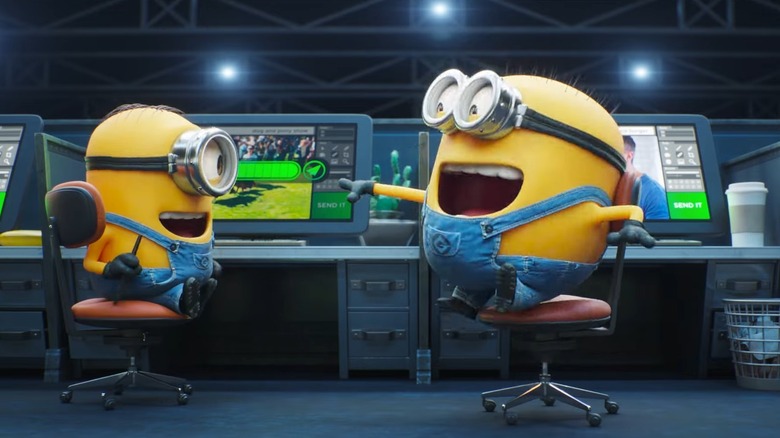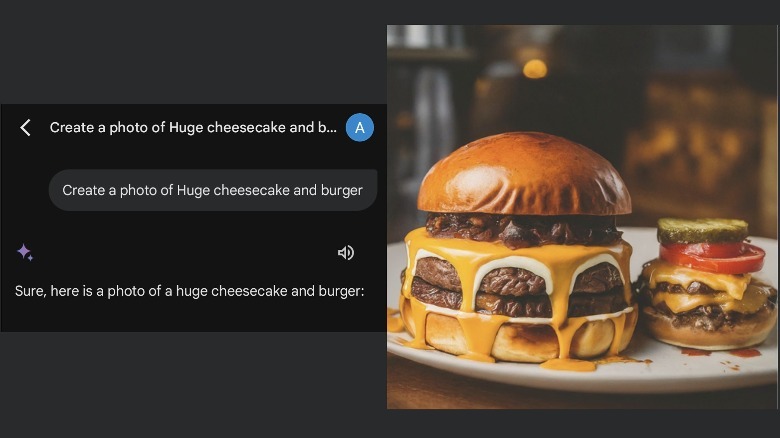'Despicable Me 4' Super Bowl Ad Pokes Fun At AI For All The Right Reasons
What can you learn from a species of pill-shaped, banana-obsessed, gibberish-speaking aliens that are feverishly dedicated to serving an evil man? If you ask this certain species that goes by the name Minions, well, the lesson would be keeping AI out of creative work like animation films because it's bad. But hey, if it takes an evil-inclined alien species to send home the right message about the perils of AI, who can complain?
Narrated by John Hamm in his unnaturally charming voice, the trailer shows a minion sketching AI art depicting humans in various situations, while deliberately poking fun at the shortcomings of text-to-image generators such as OpenAI's Dall-E. The focus is on dead AI art giveaways, such as solid black eyes, an extra leg, a few more fingers than what has been genetically coded for a normal human being, horribly distorted faces, and dogs flying like hoverboards without limbs.
"With artificial intelligence, the future is in good hands," narrates Hamm toward the end. It's wicked sarcasm, of course, but also highlights what's happening in Hollywood and beyond, as rich studios explore using AI while replacing human artists. The Screen Actors Guild — American Federation of Television and Radio Artists (SAG-AFTRA) protests a few months ago, aside from seeking better compensation deals, also sought an assurance that AI won't unfairly jeopardize their jobs.
Fun poke at a sad reality
The ad — which builds on the upcoming "Despicable Me 4 – Minion Intelligence" film — seems to use the yellow aliens as a prop to depict a not-particularly-intelligent artist who is happy with AI-generated artwork. It might sound surprising, but Marvel, of all establishments, used AI-generated artwork in the credits sequence of its TV show and deservedly got a lot of flak for it.
Over the past few generations, AI artwork has improved dramatically. But it still can't seem to fix its most obvious mistakes, such as unnaturally contorting the digits, getting the iris wrong, or even merging human skin with food. Take for example the image below, which is generated using the latest Gemini 1.0 model by Google on the Pixel 8 Pro.
For now, it seems like a parlor trick for some digital fun. We recently sat with a MediaTek executive and asked if they see any practical purpose for text-to-image generation on smartphones, and they said it's just for adding some color to chats and social media at the moment. But some positive strides are also being made. In January 2024, SAG-AFTRA secured a deal that would allow artists to license their voice so that AI can generate content based on it. Not too long ago, some studios reportedly tried to coax artists into signing a deal that allowed them to use their voices for future content without any fair compensation.

